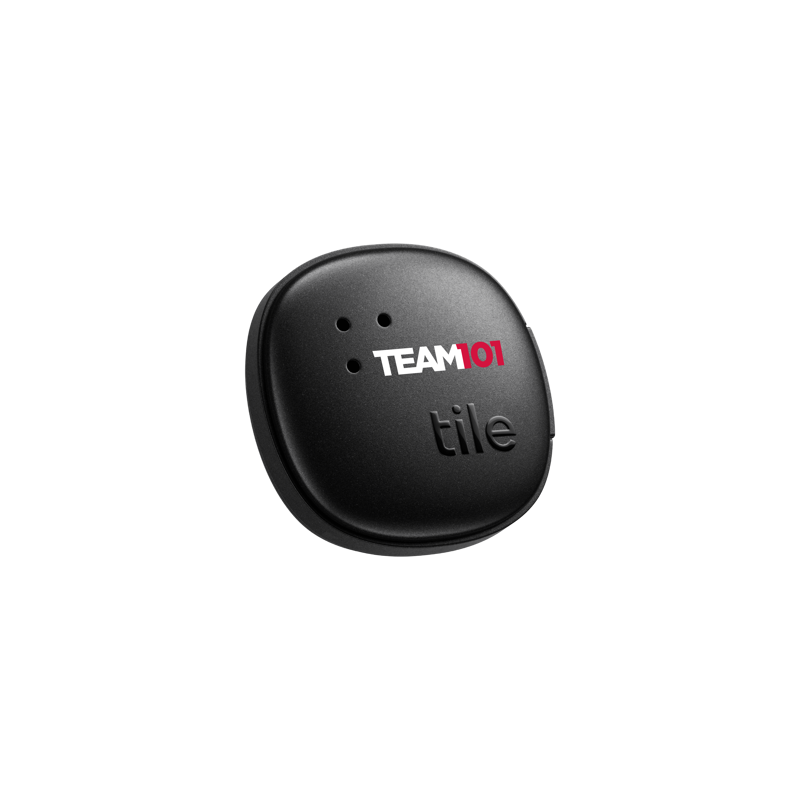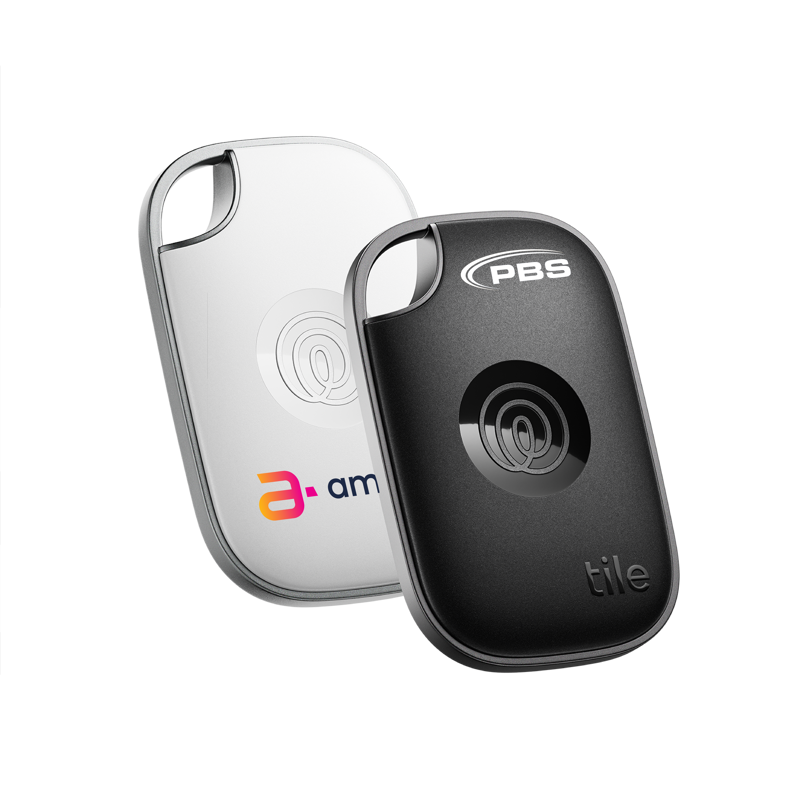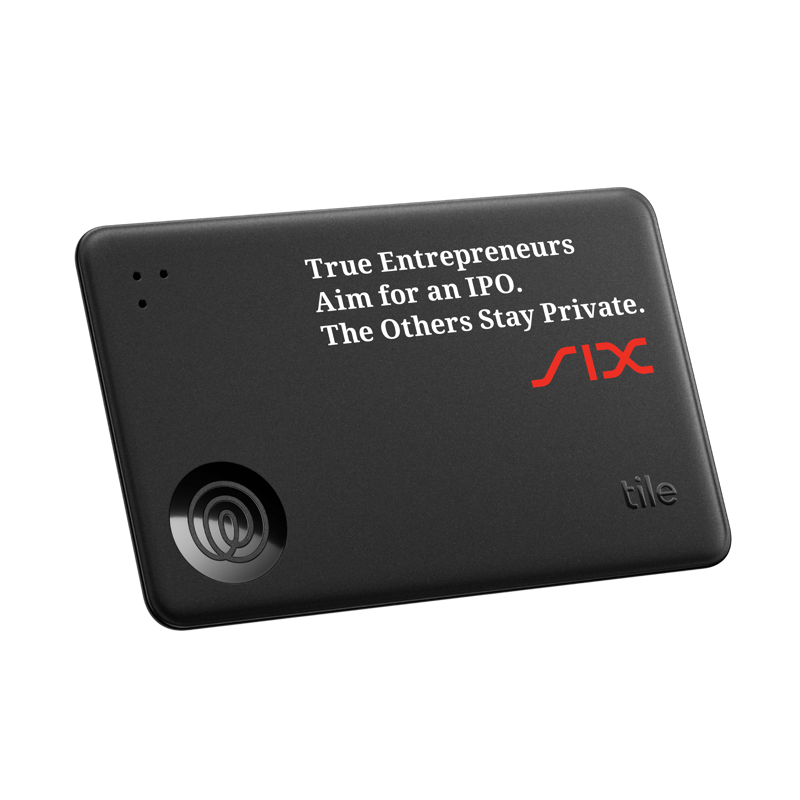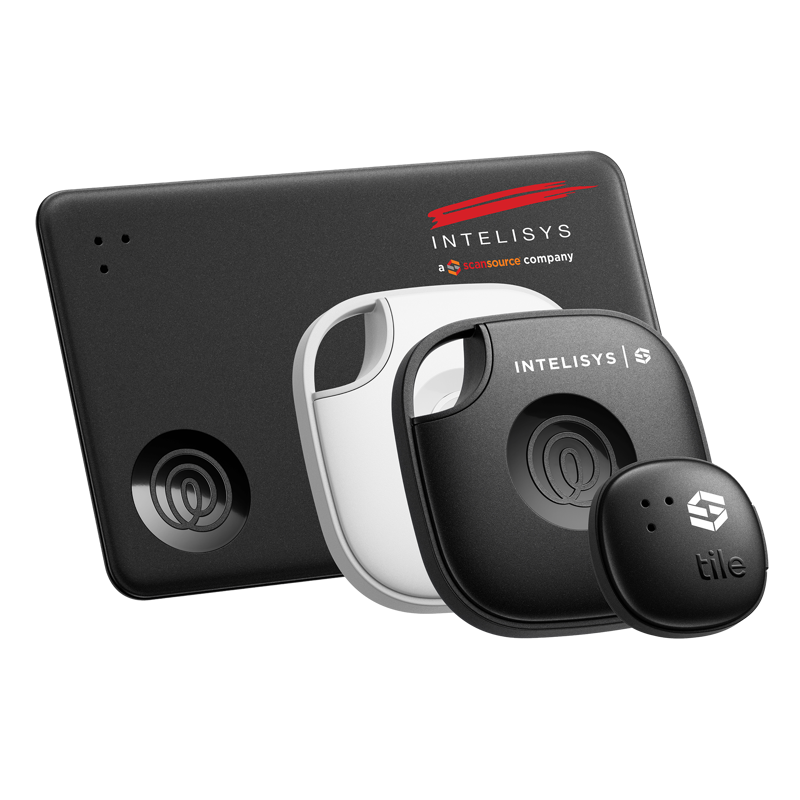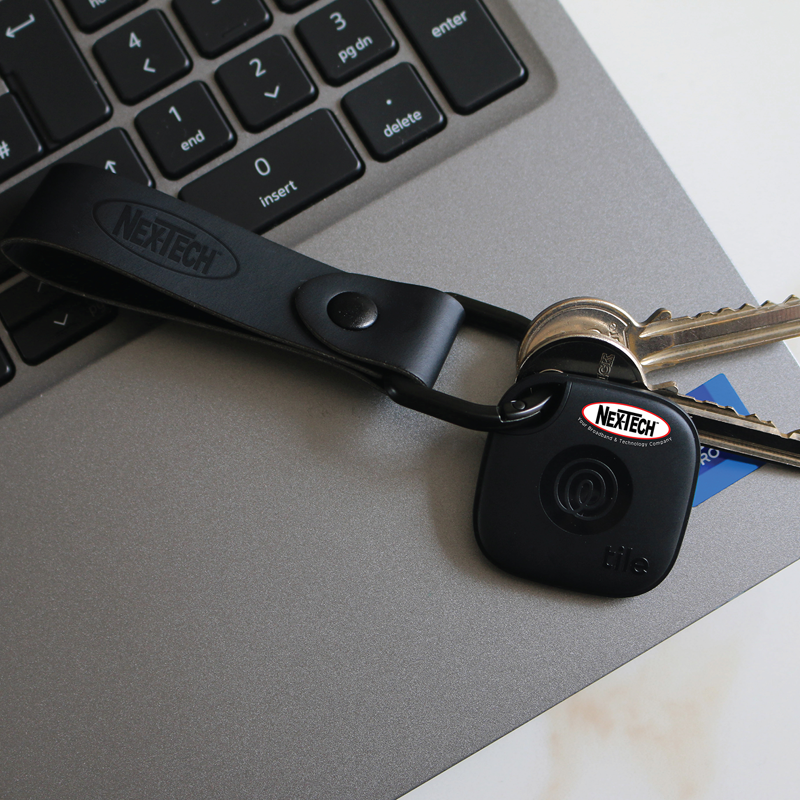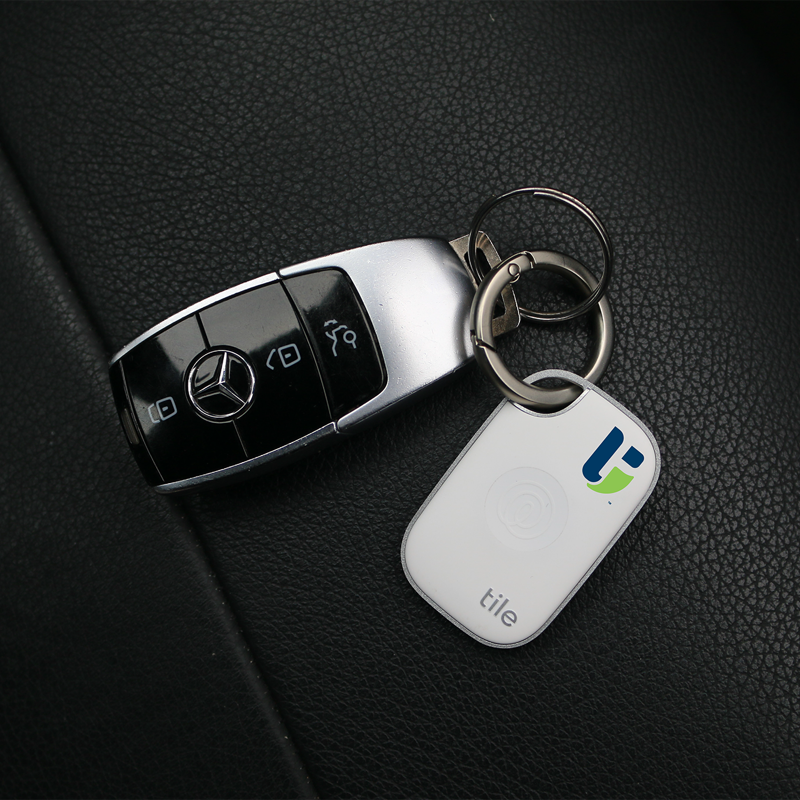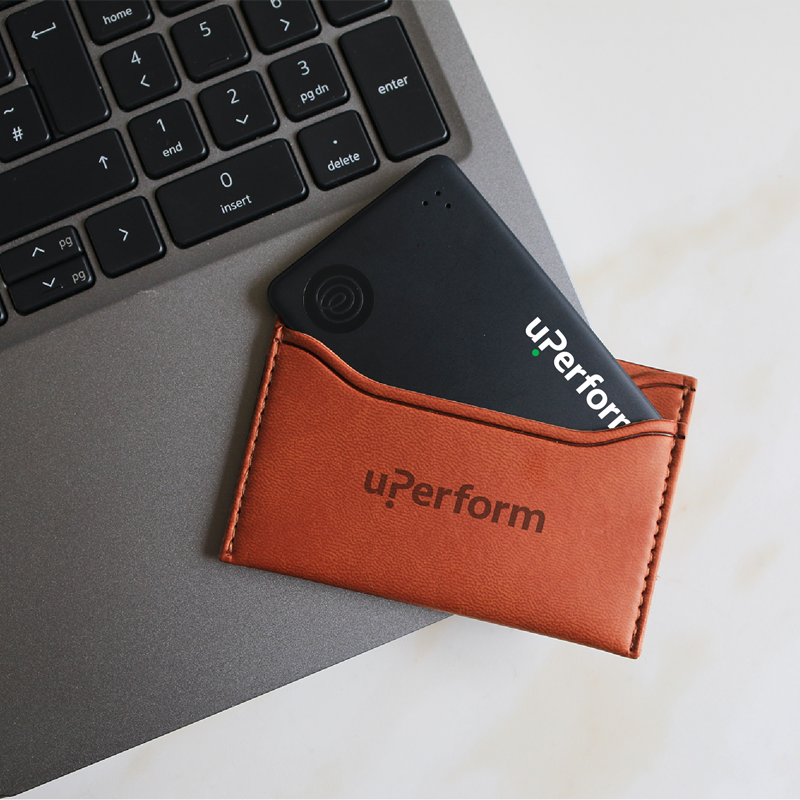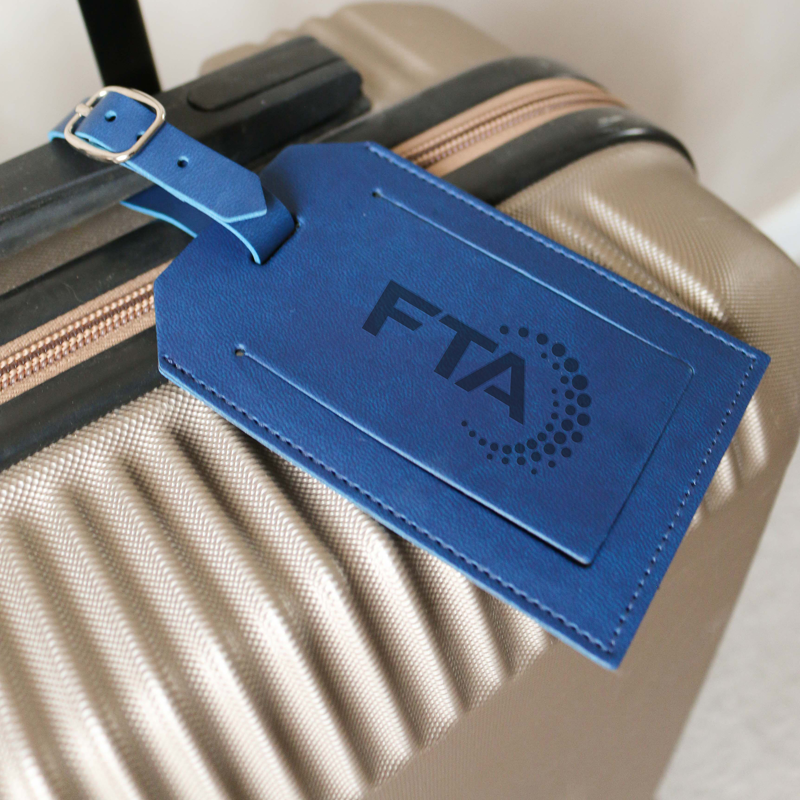How do Bluetooth trackers work?
You’ve probably heard of Bluetooth trackers if you want to keep track of your keys, bags or other valuables, but do you know how they actually work? In this guide, we explain the technology behind Bluetooth tracking devices, how they help you locate lost items, and what makes them different from GPS trackers.
-
Bluetooth trackers use Bluetooth Low Energy (BLE) to connect to or ‘Pair’ with your smartphone in the same way that it connects to other Bluetooth devices like speakers, headphones or a car’s audio system.
-
They work in conjunction with a smartphone app that shows the location of the device if it is within range of your phone or the last known location if it is outside of range. The typical range of trackers varies from 100ft (30m) to 500ft (150m).
-
The location of trackers can also be picked up by other phones running the same app if they pass within range of the device and reported on the owner’s phone. This is what is known as a ‘crowd-sourced network’, the larger the network, the better.
-
To find an item attached to the tracker when in close proximity, tap ‘find’ in the app, and the device will play an alert sound to help you locate it. Some trackers also allow you to ring your phone if you’re not sure where it is.
iOS and Android trackers vs. cross-platform trackers
It is true that for iPhone users, AirTag is the obvious choice, due to the huge number of users, and there are also options out there for Android phones, including Samsung’s SmartTag.
However, when it comes to business gifting, cross-platform, or iOS and Android-compatible trackers, are the logical choice, as you’re highly unlikely to know what type of phone all the recipients own.
While many brands are available, Life360 is the major player, with 3x more Tile trackers sold than all other cross-platform Bluetooth trackers combined and 88 million users of the Life360 app. Indeed, the Tile Mate was recently named Best Overall Bluetooth Tracker by The Telegraph.
“If you lose whatever object your Tile is attached to, all you need to do is tap ‘find’ in the Tile app. The company searches for it using other Tile users’ phones to give you an approximate location. In testing, the app told me that there were 2,659 devices within half an hour of me in all directions, which is an increase from the 1,400 when I tested the previous model last year.”
Kirsty Bosley, The TelegraphBluetooth trackers vs. GPS trackers
While the location of a Bluetooth tracker is determined relative to the location of the owner’s phone or other users of the supporting app, GPS trackers receive their signal from satellites to determine their location.
This means that GPS trackers have their own SIM card built in and typically require a paid network subscription on top of the cost of the device, making them more expensive than Bluetooth trackers.
It is for this reason that GPS trackers tend to be used when knowing the real-time location of assets is critical, such as fleet tracking for logistics organizations. They can also be used to track pets or the location of at-risk individuals, such as those suffering from dementia. It is worth noting that many devices promoted as GPS trackers are, in fact, Bluetooth trackers. So, if you definitely need a GPS tracker, check the technical specs to make sure it’s the genuine article before buying.
However, the reality is, that for most people’s day-to-day needs, and certainly for corporate gifting, Bluetooth trackers do the job well, especially iOS and Android-compatible products.
2025 Tile Tracker models
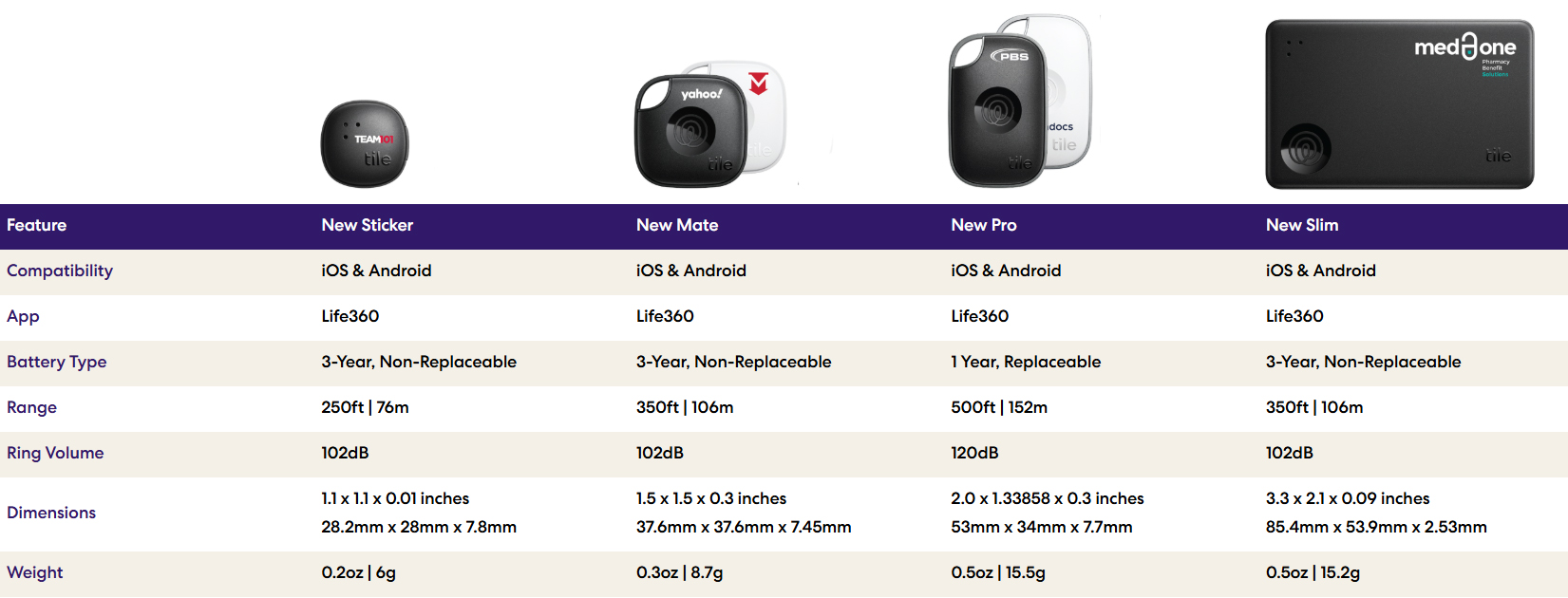
Branded Tile
Branded Tile brings Life360 Tile trackers to the corporate world, allowing organisations to add their own branding, making them a memorable business gift for clients, partners, and employees at events, conferences, and other special occasions.
About the author
Neil Holland is the marketing manager for Calverley. During his 30+ year career, he has worked in the SEO industry and in senior marketing roles for leading technology brands, including Canon, Accenture, and Apple.


